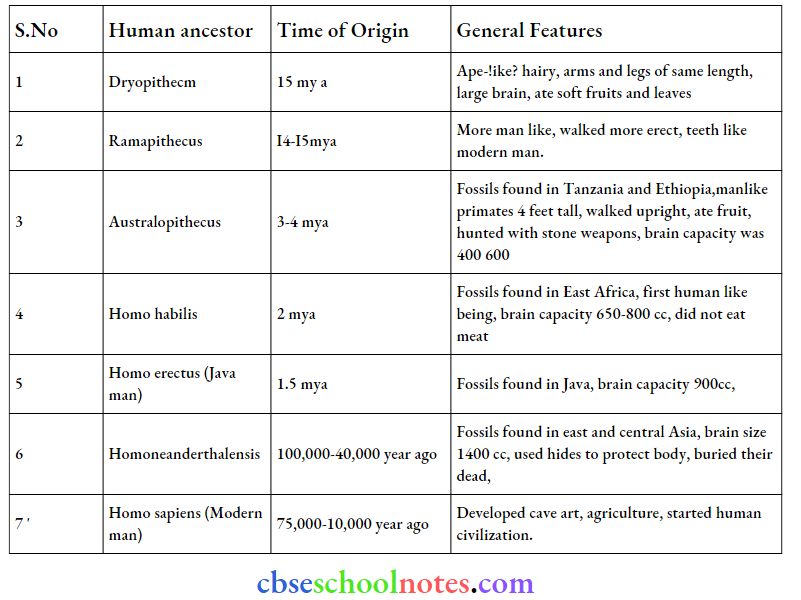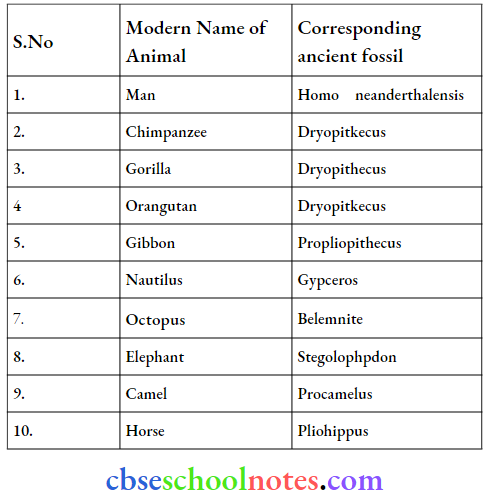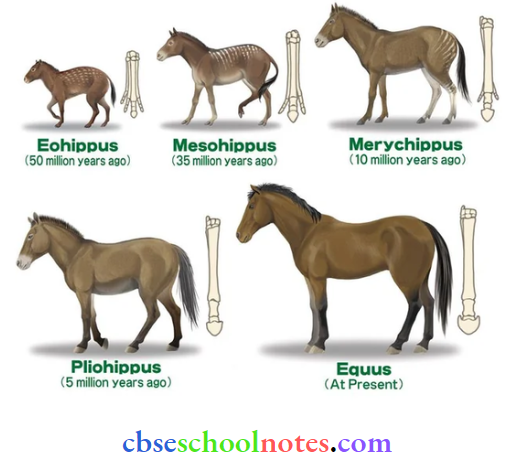Evolution Question And Answers
Question 1. Explain antibiotic resistance observed in bacteria in light of Darwinian selection theory.
Answer:
Darwinian selection theory states that individuals with favorable variations are better adapted than individuals with a less favorable variation.
- It means that nature selects the individuals with useful variation as these individuals are better evolved to survive in the existing environment. An example of such selection is antibiotic resistance in bacteria. When the bacterial population was grown on an agar plate containing antibiotic penicillin, the colonies that were sensitive to penicillin died, whereas one or a few bacterial colonies that were resistant to penicillin survived.
- This is because these bacteria had undergone chance mutation, which resulted in the evolution of a gene that made them resistant to the penicillin drug. Hence, the resistant bacteria multiplied quickly as compared to nonresistant (sensitive) bacteria, thereby increasing their number. Hence, the advantage of an individual over another helps in the struggle for existence.
Question 2. Find out from newspapers and popular science articles any new fossil discoveries or controversies about evolution.
Answer:
A recent study of fossils revealed a small terrestrial dinosaur with feathers covering the limb and body. This finding established that feathers evolved earlier than wings and may be functioning as thermoregulators to face adverse conditions. This newly developed feather earlier helped in gliding and then flying
Read and Learn More Class 12 Biology Chapter Wise
Question 3. Attempt to give a clear definition of the term species.
Answer:
Species can be defined as a group of organisms that have the capability to that can interbreed to produce fertile offspring.
Question 4. Try to trace the various components of human evolution.
Answer:

Question 5. Find out through the internet and popular science articles whether animals other than man have self-consciousness.
Answer:
There are many animals other than humans, which have self-consciousness. An example of an animal being self-conscious is a dolphin. They are highly intelligent They have a sense of self and they also recognize others among themselves and others. They communicate with each other by whistles, tail-slapping, and other body movements. Not only dolphins there are certain other animals such as crow, parrot, chimpanzee, gorilla, orangutan, etc., which exhibit self-consciousness.
Question 6. List 10 modern-day animals and using the internet resources link it to a corresponding ancient fossil. Name both.
Answer:

Question 7. Describe one example of adaptive radiation.
Answer:
Darwin’s finches on Galapagos Island once had a common ancestor but with evolution, they modified into different types according to their food habitat.

Question 8. Can we call human evolution adaptive radiation?
Answer:
No, human evolution cannot be called adaptive radiation because parent species of sapiens have evolved by progressive evolution from Homo habilis to Homo sapiens lineage.
Question 9. Using various resources such as your school library or the internet and discussions with your teacher, trace the evolutionary stages of any one animal, say a horse.
Answer:

The evolution of the horse is represented as follows:
- Eohippus:- This stage is characterized by a short head and neck. It had four functional toes, a splint of 1 to 5 on each hind limb and a splint of 1 to 3 in each forelimb. The molars were short crowned that was adapted for grinding the plant dies.
- Mesohippus:- It was slightly taller than Eoliippus. It had three toes in each foot
- Merychippus:- it had a size of approximately 100 cm. Although it still has three toes in each foot, it could run on one toe. The side toe did not touch the ground. The molars were adapted for chewing the grass.
- Pliohippus:- It resembled the modem horse and was around 120 cm tall. It had a single functional toe with splints of second and fourth in each limb,
- Equus:- Pliohippus gave rise to Equus or the modem horse with one toe in each foot. They have incisors for cutting grass and molars for grinding food.
